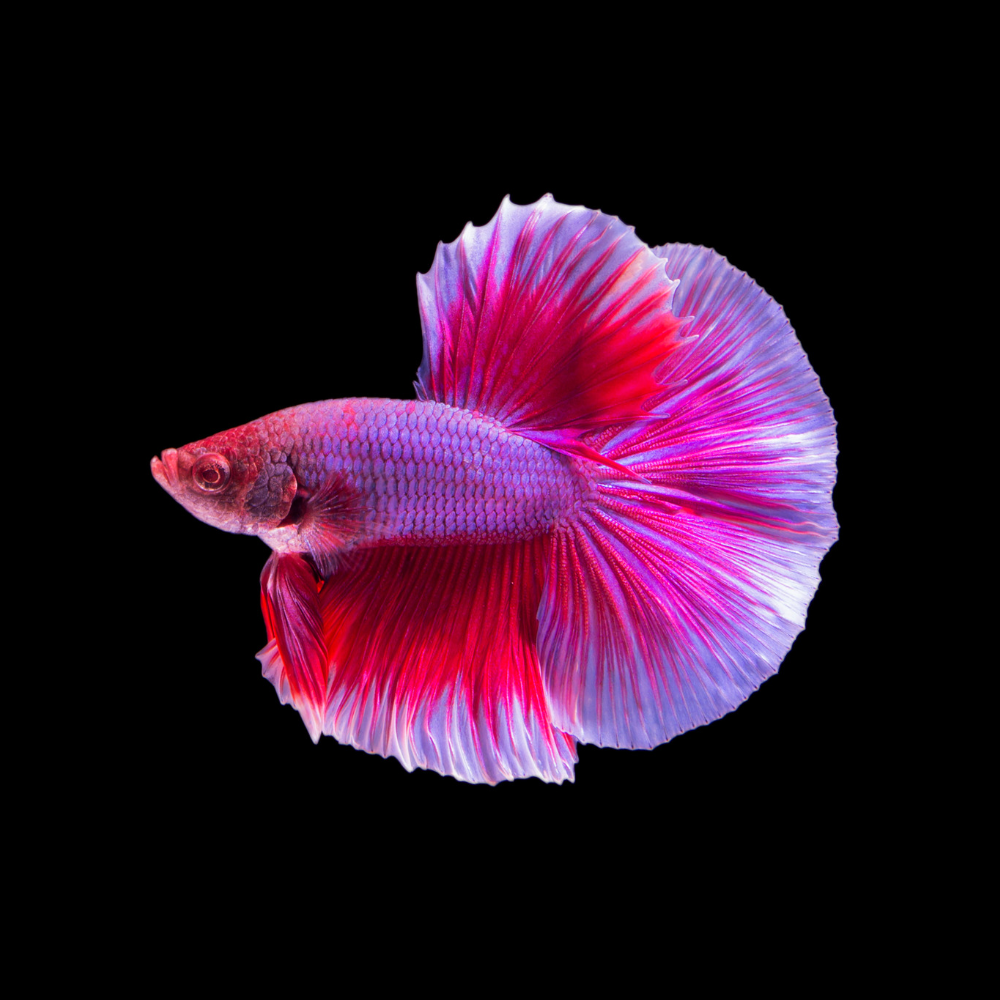Breeding Betta Fish: a Comprehensive Step-By-Step Overview to Successfully Raising Child Bettas From Eggs to Adulthood
Reproducing Betta fish is a meticulous endeavor that requires mindful planning and execution to ensure the effective growth of fry from eggs to grow fish. Choosing genetically varied breeding pairs with preferable features is only the beginning; developing an optimum environment and comprehending the intricacies of the breeding process are similarly crucial. As the male Betta carefully constructs a bubble nest and guards the priceless eggs, the succeeding stages of care and shift need focus to information and knowledge of finest methods. Just how does one browse the tough yet rewarding path of nurturing these lively animals to the adult years?

Selecting Reproduction Pairs
When starting the journey of breeding Betta fish, picking the ideal breeding sets is vital to accomplishing desirable attributes and a healthy and balanced lineage - betta fish. The initial step in this process is to determine the particular traits you want to enhance or maintain, such as color, fin kind, and physique. It is necessary to pick genetically diverse sets to prevent inbreeding, which can lead to health and wellness issues and unwanted attributes
Evaluate prospective breeding candidates carefully. A healthy and balanced male Betta should display vibrant colors, an active demeanor, and well-formed fins, while the lady must likewise present dynamic pigmentation and a rounded belly, suggesting preparedness for spawning. Observing the temperament of both fish is crucial, as hostile or overly shy people may not breed successfully.
Maintaining documents of the parent fish's origins can help you track genetic characteristics and prospective problems. Eventually, investing time in the choice procedure will considerably improve the possibility of producing solid, lively offspring that meet your reproduction objectives.

Preparing the Reproduction Tank
Producing an optimal breeding atmosphere is a crucial step after selecting suitable sets for Betta fish. The breeding container ought to be particularly developed to supply convenience and promote the natural breeding actions of the fish. Begin with a storage tank dimension of a minimum of 10 gallons to ensure appropriate area for both the male and female Bettas.
Keep a mild purification system to keep the water clean while preventing solid currents that can emphasize the fish. In addition, an air stone can be included in provide oxygenation without disrupting the water surface too much.
Temperature level regulation is critical; aim for a steady variety of 78-82 ° F(25-28 ° C) making use of a dependable heating system. The pH level need to be maintained in between 6.5 and 7.5, and normal water modifications are necessary to make certain high water top quality.
Incorporate floating plants or generating mops to develop concealing areas for the lady, while also urging bubble nest building by the male - betta fish. Finally, ensure the container is without sharp decors and any type of possible threats, as the well-being of the fish must always be prioritized throughout this crucial stage of breeding.
The Breeding Refine
Commonly, the reproducing procedure for Betta fish entails a collection of unique and observable behaviors that indicate readiness for recreation. The male Betta begins by constructing a bubble nest at the water's surface area, which offers as a website for the fertilized eggs. This nest is critical, as it gives a risk-free atmosphere for the eggs up until they hatch.
Once the nest is established, the man will present courtship actions, such as flaring his fins and displaying lively colors to draw in the woman. The lady, upon sensing the man's readiness, will react by showing upright stripes along her body, indicating her receptiveness.
When the women methods, the male participates in a breeding dance, commonly bring about a welcome referred to as the "spawning." During this accept, the woman releases her eggs, which the male fertilizes right away. The fed eggs after that are up to the bubble nest, where the male carefully collects and returns them to the nest. Following this, the male thinks obligation for safeguarding the nest and making sure the safety of the eggs up until they hatch out, normally within 24-36 hours. This phase is essential in the reproducing process, laying the foundation for successful fry development.
Caring for Betta Fry
Caring for Betta fry requires mindful interest to their atmosphere and nourishment to guarantee healthy development and development. After hatching, Betta fry are extremely small and prone, requiring a secure and clean environment.
Feeding Betta fry is equally important. Originally, they ought to be supplied infusoria or carefully crushed premium fry food, as their mouths are as well tiny to handle bigger particles. As they expand, you can progressively introduce bigger foods, such as infant salt water shrimp or powdered flakes, to guarantee they get ample nourishment. Feed them percentages several times a day, bewaring not to overfeed, which can result in water quality problems.
Transitioning to Grownup Bettas
As Betta fry fully grown, transitioning them to grown-up Bettas is an essential stage that calls for cautious management of their setting and social communications. This check out this site procedure normally starts when the fry reach around 6 weeks of age, at which point they can be progressively presented to a much more structured living setting.
To promote this transition, it is necessary to guarantee that the water parameters-- such as temperature level, pH, and ammonia levels-- are optimal and stable. Grown-up Betta fish prosper in cozy water (around 78-80 ° F) with a pH of 6.5 to 7.5. Progressively accustom the fry to these conditions to lessen tension.
Social communications are one more vital variable; man Bettas are notoriously our website territorial and aggressive. It is advisable to different men into individual storage tanks as they develop. Women Bettas can be housed with each other, however care ought to be taken to monitor for indicators of hostility.
In addition, dietary changes must be made as the fry grow. Integrate high-grade pellets and live foods to support their growth and health. By managing these variables successfully, you can promote an effective change to the adult years for your Betta fish.

Final Thought
Effective breeding of Betta fish needs mindful attention to information throughout the entire procedure, from choosing genetically diverse pairs to supplying ideal treatment for fry. In addition, a balanced diet and steady adaptation to adult settings are essential for the you can try this out growth and development of Betta fish.